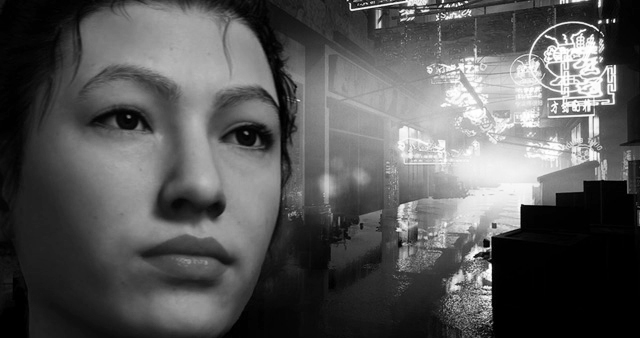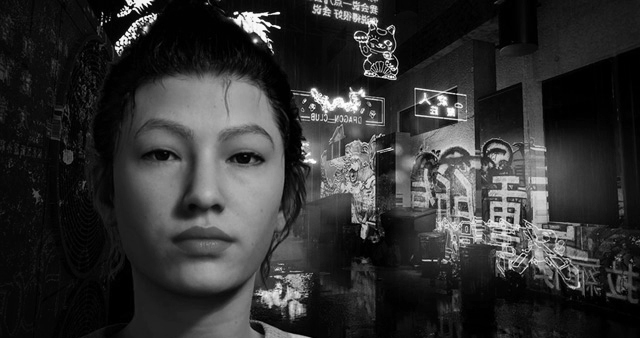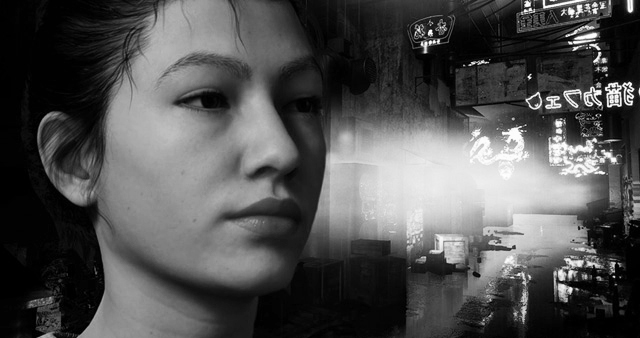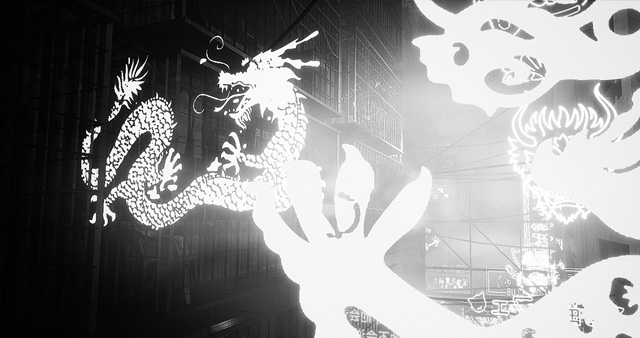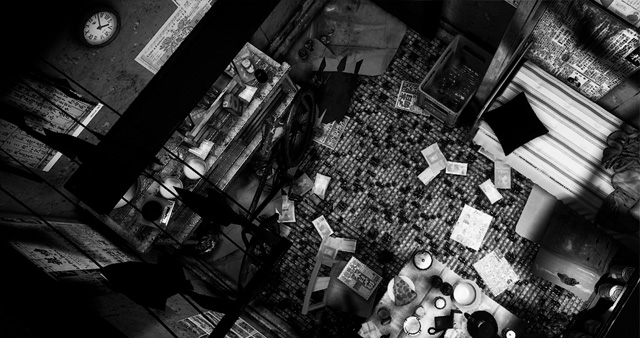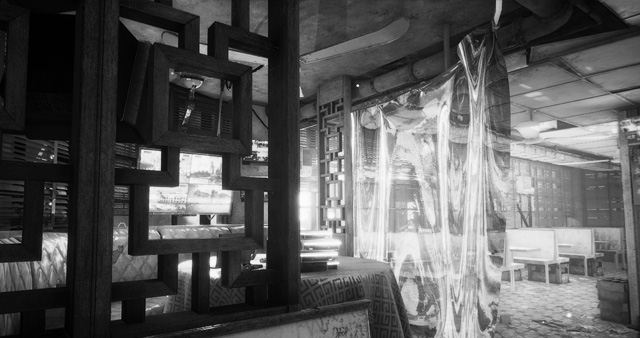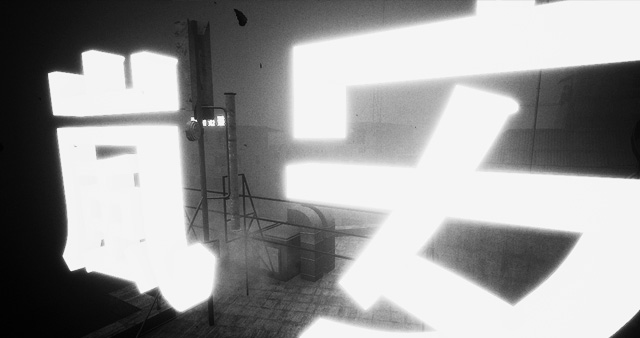BIOPHYSICAL ENVIRONMENT
Microapartments (evolution between man and space) have been increasingly common since 2013 in the West, when regulations changed to allow developers to overcome the shortage by converting offices into housing while freeing themselves from surface areas. minimal living space. This new trend of "micro spaces" (biophysical environment) suggests questions about the interaction between health and the environment and the adoptive evolution of humans to spatial contractions of living space.
The relationship between health and the environment have been taken into account for many years by very diverse disciplines (biology, medicine, toxicology, epidemiology, etc.) to identify and assess the impact of a certain number of components present in the environment on the human body.
Today, due to the profound upheavals caused by technological changes on the natural and human environment, increasing attention is paid to the importance and the role of environmental risks on human health. In this perspective, studies have clearly shown that the biological, physical and psychosocial quality of an environment is one of the determining factors in the state of health of individuals. While scientific research in the medical and biochemical fields has above all identified strict correspondences, based on a causal relationship between a substance or an environmental factor and a health disorder, health-environment relationships are in fact very complex and often difficult to understand. establish.
Like Chinese "apartments" the size of a bed and a cage or internet cafes in Japan where it is possible to rent a cubicle as a residence, what do our emotions offer to this dysfunctional futuristic projection? However, the spatial space of habitation continues to be reduced to our societies. Can a minimal space engender a feeling of psychosocial security? And is it possible to evoke a new type of "emotional instability" neurosis specific to the tendency to reduce our living spaces?
Kowloon
ENVIRONNEMENT BIOPHYSIQUE
Les microappartements (évolution entre homme et espace) sont de plus en plus courants depuis 2013 en occident, quand les règlements ont changé afin de permettre aux promoteurs de venir à bout de la pénurie en convertissant des bureaux en logements tout en s’affranchissant des superficies habitables minimales. Cette nouvelle tendance des "micros espace" (environnement biophysique) suggère des questionnements de l'interaction entre la santé et l'environnement et de l'évolution adoptive de l'humain aux contractions spatiales d'espace de vie.
La relation entre santés et l'environnement ont été pris en compte depuis de nombreuses années par des disciplines très diverses (biologie, médecine, toxicologie, épidémiologie…) pour identifier et évaluer l’impact d’un certain nombre de composants présents dans l’environnement sur l’organisme humain.
Aujourd’hui, en raison des profonds bouleversements provoqués par les mutations technologiques sur l’environnement naturel et humain, une attention croissante est portée sur l’importance et le rôle des risques environnementaux sur la santé humaine. Dans cette perspective, les études ont bien mis en évidence que la qualité biologique, physique et psychosociale d’un environnement était un des facteurs déterminants dans l’état de santé des individus. Si les recherches scientifiques dans les domaines médicaux et biochimiques ont surtout dégagé des correspondances strictes, basées sur une relation causale entre une substance ou un facteur environnemental et un trouble de la santé, les relations santé-environnement sont en réalité très complexes et souvent difficiles à établir.
À l'exemple des "appartements" chinois a la dimension d'un lit et d'une cage ou des cafés internet au Japon ou il est possible de louer un cubicule comme résidence, que proposent nos émotions à cette projection futuriste dysfonctionnelle ? Pourtant, l'espace spatial d'habitation ne cesse de se réduire à nos sociétés. Est-ce que qu'un espace minimal peut engendrer un sentiment de sécurité psychosociale ? Et est-il possible d'évoquer un nouveau type de névrose "d'instabilité émotionnelle" spécifique à la tendance de réduction de nos espaces de vie ?
